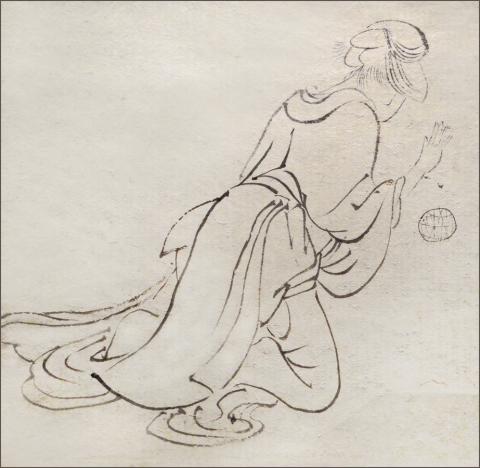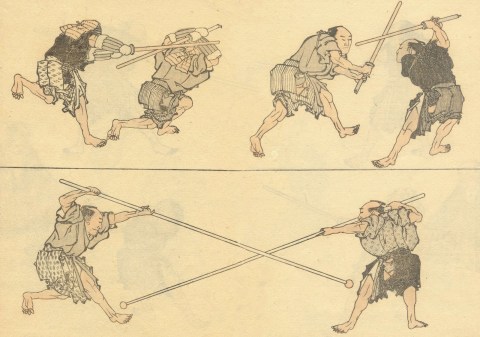Raphael & 北斎
15, August 2017 § Leave a comment
Raphael’s Drawings: at the Ashmolean & Hokusai: Beyond the Great Wave
At the end of the session this last spring John and I traveled to England to spend a few days in Oxford. We went to see a show of Raphael’s drawings at the Ashmolean, a collection of over hundred and twenty of his original works of art. Drawing exhibitions are far and few between and I was particularly anxious to see this one because Raphael’s draftsmanship is extraordinary and difficult to find and see in person.
It has been said that drawing, within the visual arts, holds the position of being closest to pure thought. (Elderfield) In this sense the drawings allow us to see inside Raphael’s mind as he composed images which would evolve into paintings, frescoes and tapestries. His exploratory line and his imaginative thought process are clearly on view in these works. You feel him working through ideas, expressing emotion with a variety of poses and exploring specific narratives. His drawings are derived from models, imagination, and sometimes from memory. What struck me most was the delicacy and fineness of his workmanship, the exquisite details and the accuracy of his line, his potent understanding of how light describes form. I learned that he often used a stylus to sketch out the preliminary form on the paper before beginning the drawing. This was called a blind line because it did not leave a mark. The drawing was then refined with either metal-point, red chalk, or charcoal. Exploring the spiraling tensions and revealing a staggering knowledge of anatomy he amplified the composition with interlocking negative space and groupings of figures. He was able to reveal the emotional quality of the figures with a minimum of information, sometimes showing only the back of a head or a gesture of the hand to communicate the mood. With rhythm, geometry, and poetry of line his drawings become a testament to the human form as an expression of life force.

On the way back to Athens we stopped in London and were lucky enough to see the exhibition “Hokusai: Beyond the Great Wave” at the British Museum. This artist’s encyclopedic knowledge of nature is on show with many drawings done with ink and brush, woodblock and illustrated books. Again I was struck by the detail and careful renderings, the delicacy of his work. I think it was Ruskin who said that in fine art there must be something “fine” and I thought once again, looking at Hokusai, that perhaps this is something we’re missing in much of contemporary art. It seems that the muscular, the shocking and the mundane have more value to us than careful observation and recording of form which is so lovingly revealed in these masterworks. Although the artists lived two and a half centuries apart and on two different continents, although they depict two different cultures, there are common elements to their work. Both artists express the inexpressible through the twisting forms of human anatomy, pushing to discover at some level our common humanity and our extraordinary capacity to endure. Meticulous, patient observation combined with imagination and the desire to reveal truth is the binding principle that brings these two artists forward into our world with enduring quality.
Jane Morris Pack






Leave a comment